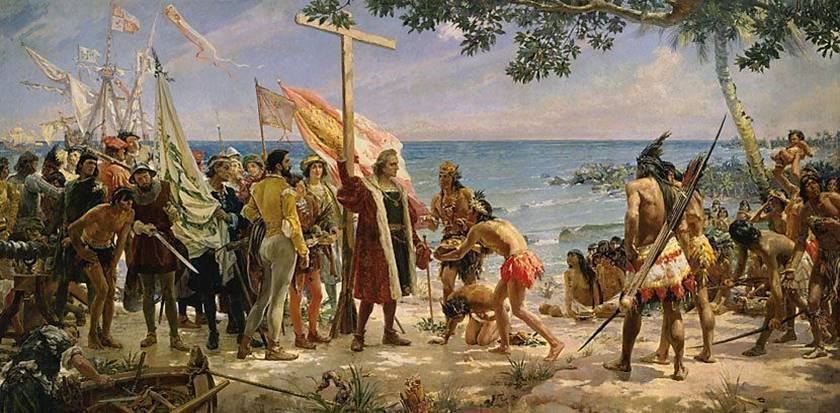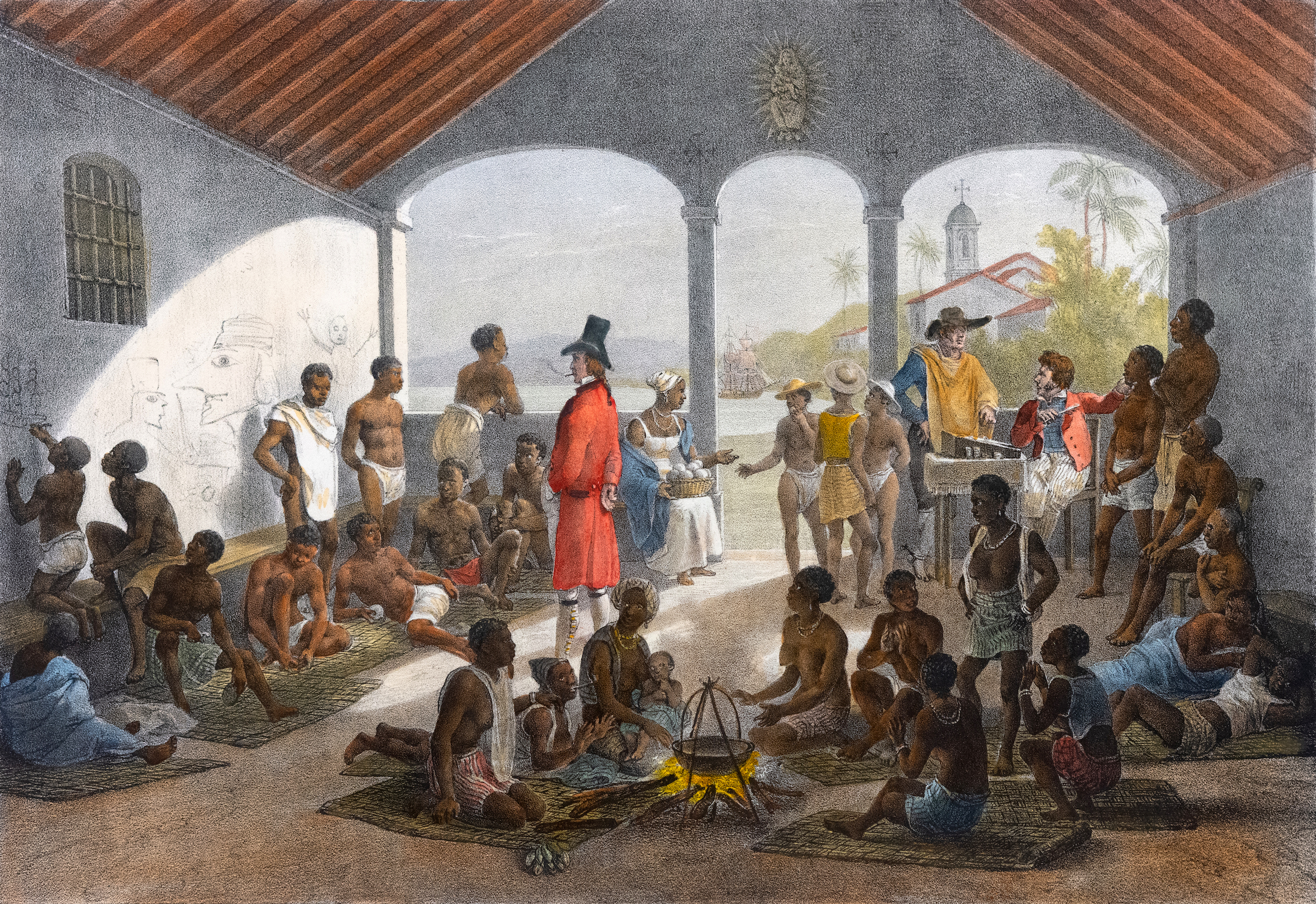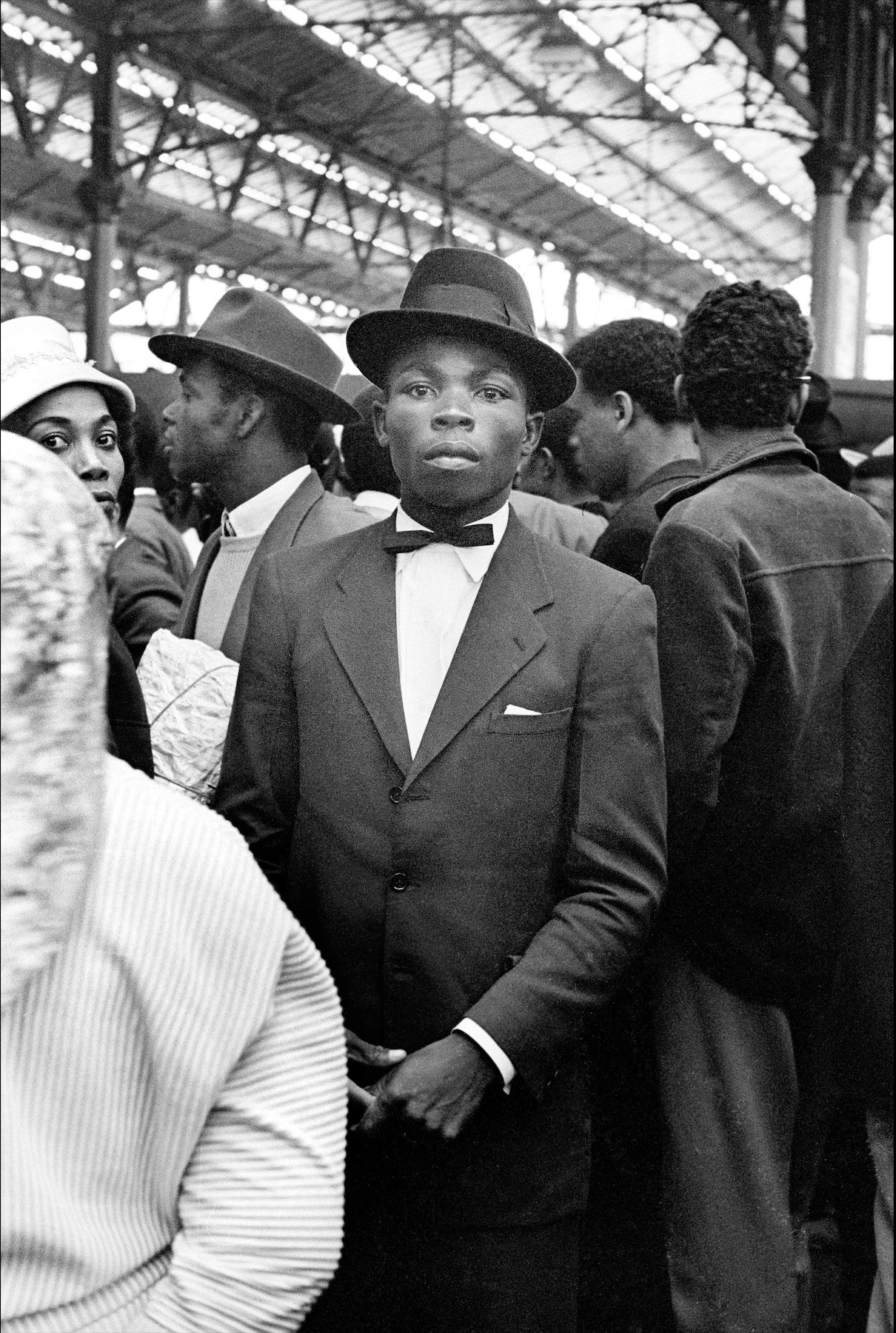The Enlightenment is produced by white supremacy and, in turn, produces even more white supremacy. Think about the timing of the Enlightenment. It's the 18th century, so it's not at the start of colonial brutality. We’ve already seen the erasure of the natives of the Americas, the enslavement of Africans, the colonisation of Asia. This creates the distorted view that white people are superior. So, when the Enlightenment emerges, what we now think of as the West has already created this idea of white supremacy. When people like Immanuel Kant or John Locke theorise, they’re theorising from this position of superiority, where histories have been rewritten to write out all of the Arab, African and Asian scholars who have contributed to knowledge. They’re theorising from the top and therefore come up with this theory of ideals and rights which is really based on the idea of white supremacy: that white people are rational, that the white race, as Immanuel Kant says, has all the talents of the world.
If you look at someone like Immanuel Kant, whom I spent a lot of time talking about in my last book, his basic theory of rights is that all people have the right to life but only white people have the right to prosperity. That is essentially the world we've created, where bodies like the United Nations want to make sure people have enough to eat and don’t die, but have absolutely no interest in equalising the scales, which have been so unbalanced by this issue of whiteness and racism.


